BABY COPPERHEADS Baby copperheads are lighter tan in color and have a pinkishbrown hourglass pattern The darker patterns are skinner at the top and go wide at the side The young copperheadTheir bite is rarely fatal but does require immediate medical attention Copperhead babies are easily recognized by their yellowgreen tails Copperheads live near creeks and rivers, under shrubs and vegetation, in wood piles, in gardens, sheds and under porches and decksThe eastern copperhead (Agkistrodon contortrix) also known as the copperhead is a species of venomous snake, a pit viper, endemic to Eastern North America;
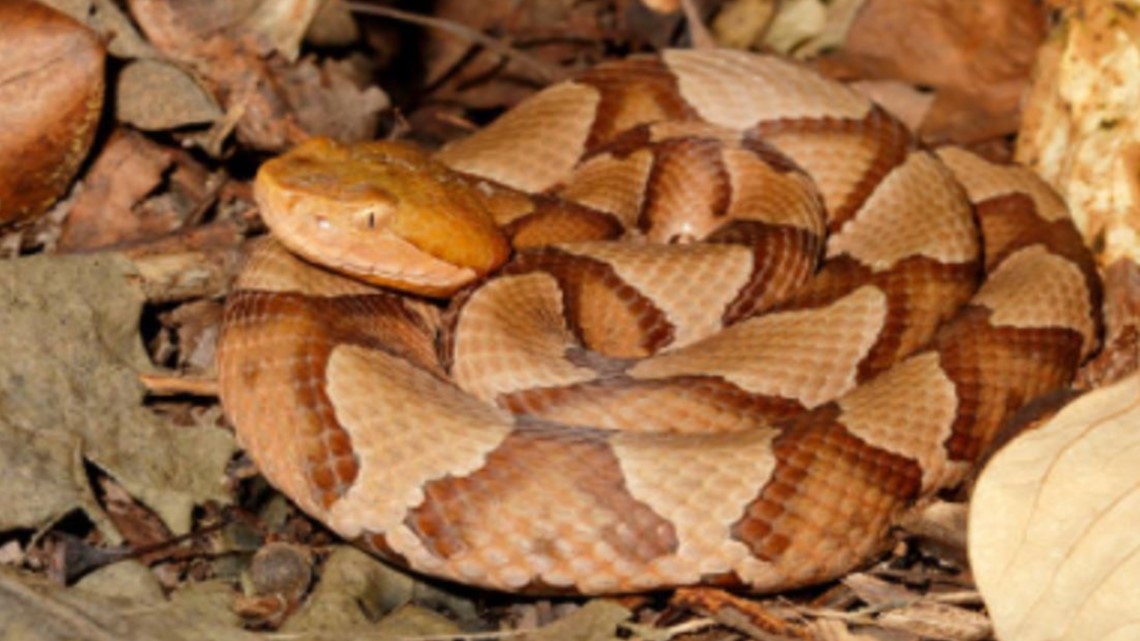
Watch Out For Baby Copperhead Snakes Wfmynews2 Com
Eastern baby copperhead snake nc
Eastern baby copperhead snake nc- I was looking to identify a baby snake for some reason I can't find what I'm looking for, I Googled many sites and feel like I'm getting the run around , at first I thought it could be a copperhead , they is a site that has my little guy or girl and they show a snake that is a copperhead my individual is only about 3 inches long and looks just what they are claiming to beIn this video you will learn things you need to look for to identify a baby copperhead snakeCopperhead snakes are poi
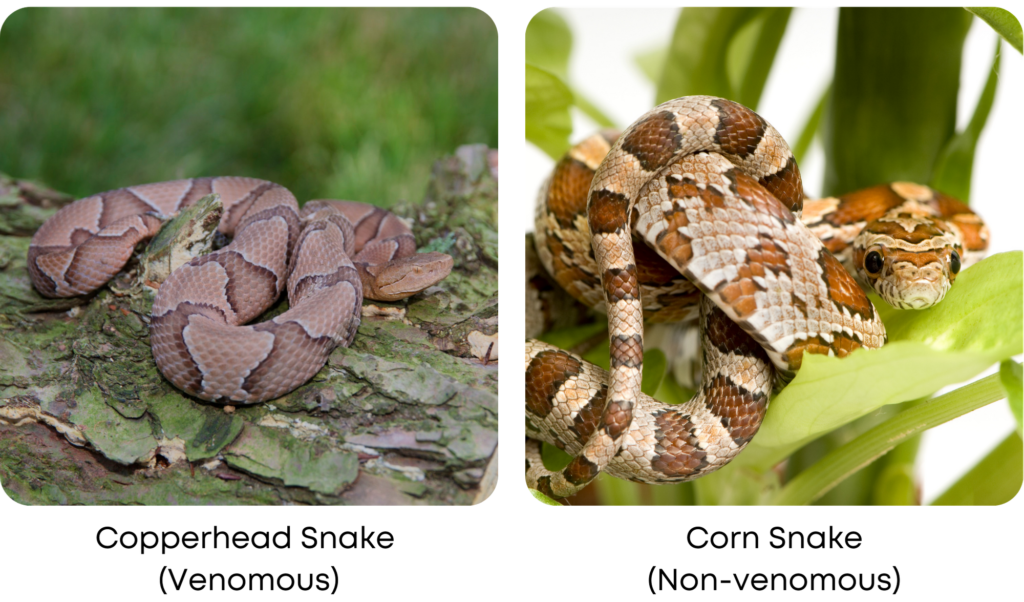



Carolina Pest What To Do When You Find A Snake In Charlotte Carolina Pest
How to identify baby copperhead snake? Live in sandy areas and underground most of the time Average 24 feet in length To learn more about venomous and nonvenomous NC snakes, click here Answers 1) Pigmy 2) Timber 3) Eastern Diamondback 4) Cottonmouth 5) Eastern Coral 6) CopperheadA really good picture of this is the one off to the right here This is a young venomous copperhead snake, and a lighter shade than what most people think of when it comes to copper, tan, brown, etc Notice the yellow tail on this one – a clear indication that this is a young copperhead that is less than a year old This picture also shows a pretty good "hour glass" that is really thin
Baby cottonmouth snake nc Usually about ten but up to twenty little baby cottonmouth snakes each about ten inches long The northern cottonmouth is a pit viper as are all three of virginias venomous snake species eastern copperhead northern cottonmouth and timber rattlesnake Nearly 400 snake bites have been reported to North Carolina Poison Control as of early July, Spectrum News 1 reported Copperhead Reptiles and Amphibians in Your Backyard On a warm North Carolina spring night, after a refreshing rain, you are likely to be serenaded by the most boisterous of symphonies Northern and southern cricket frogs make up the percussion section, and Cope's gray treefrogs add their melodic, soprano trills Green frogs pluck banjo strings while
A Guide to Identifying the Copperhead Size = 6 8 inches at birth;The copperhead is the most common and widespread venomous snake in North Carolina In many areas, including most of the larger urban regions, it is the only venomous snake Many populations have been reduced, and some eliminated, by habitat destruction and individual persecution, but the adaptable copperhead remains common in many areas Aug 6—Copperheads, the most prevalent venomous snakes in North Carolina, start making themselves known each year in the spring, just as the weather starts to warm up The seemingly ubiquitous
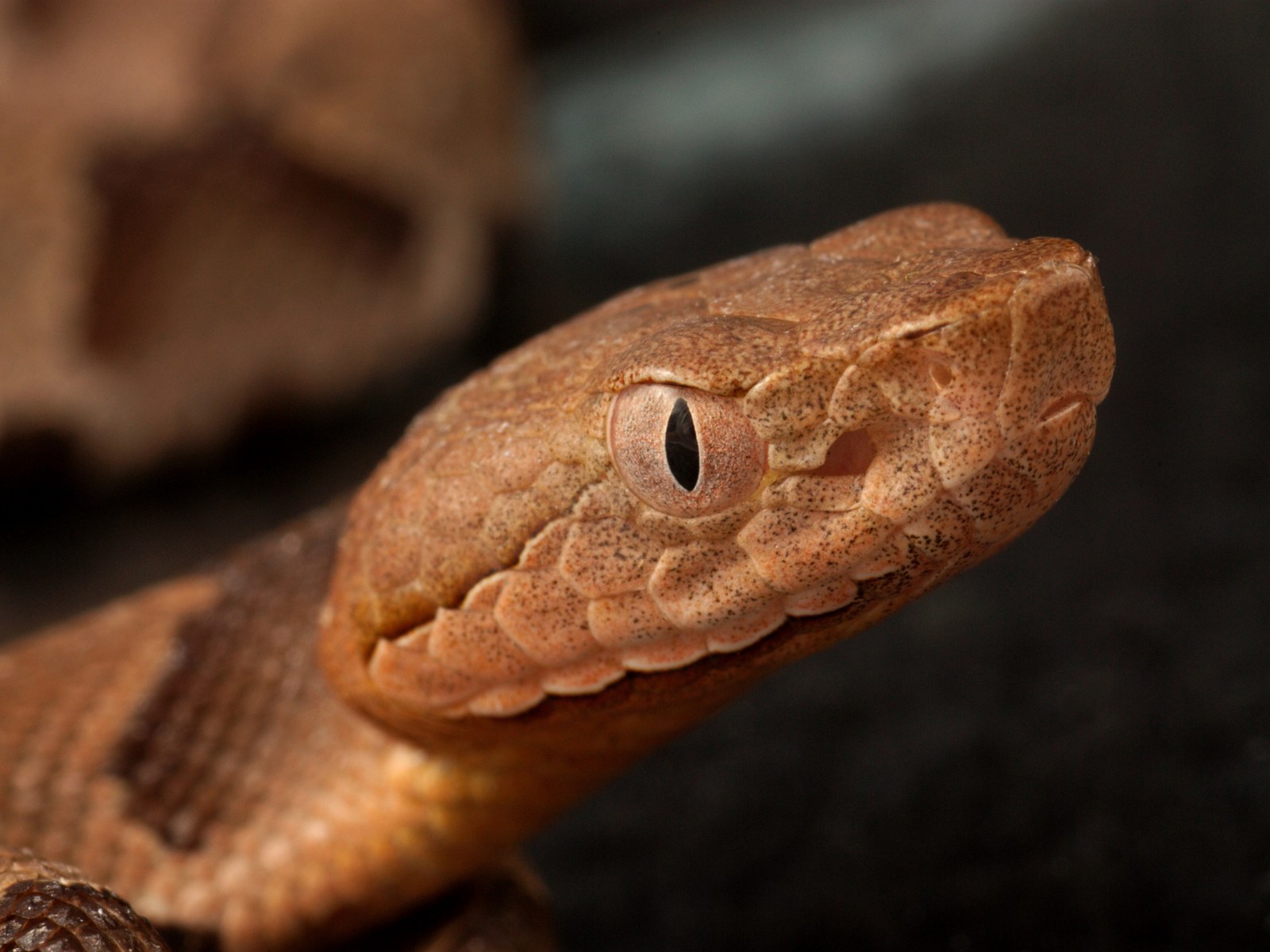



It S Baby Copperhead Snake Season Here S What You Need To Look Out For




More People Get Snake Bites This Year As People Go For Walks Due To Coronavirus Abc11 Raleigh Durham
An eastern garter snake, which is common in the Triangle area of North Carolina Why you shouldn't remove a snake from your backyard They're part of the world, they have home ranges, and mostThere are six poisonous snakes common to North Carolinathe copperhead, cottonmouth, the eastern coral snake, eastern diamondback rattlesnake, pygmyIt is a member of the subfamily Crotalinae in the family ViperidaeIts generic name is derived from the Greek words ancistro (hooked) and odon (tooth), or fishhook The trivial name, or specific epithet, comes from the




How To Tell If A Snake Is Venomous Wbir Com
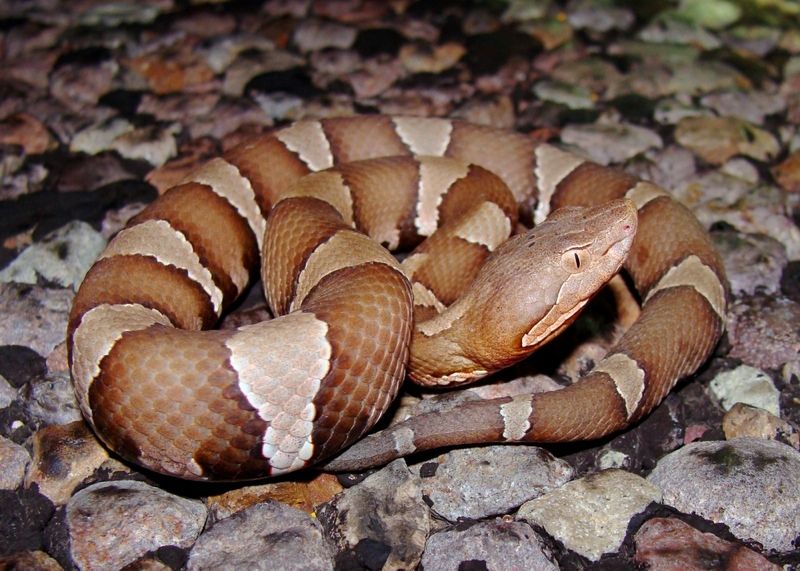



Fact Or Fiction Test Your Knowledge About Snakes Live Science
Description The copperhead is a pitviper and the most common venomous snake in most parts of North Carolina Copperheads are rather heavybodied and are beautifully marked with dark brown, hourglass shaped crossbands on a light brown or gray background The belly is a mix of white and black markings Baby copperheads look like their parents but have yellow or greenDescription The eastern kingsnake is fairly stout with a black back marked with a chainlike pattern of thin white or yellow bars The belly has yellow or white patches on a black background In the westernmost mountains of North Carolina, the kingsnake's chainlike markings are usually broken up into tiny spotsSnakes of North Carolina Black Rat Snake Eastern Kingsnake Scarlet Snake Black Racer Garter Snake Corn Snake Eastern Hognose Snake Rough Green Snake Mole Kingsnake Ribbon Snake B Bockhahn 18 Queen Snake Coachwhip Eastern Milksnake Eastern Pine Snake Copperhead Northern Water Snake Timber Rattlesnake Brown Snake Worm Snake Ringneck Snake




Watch Out For Baby Copperhead Snakes Wfmynews2 Com




Species Profile Copperhead Agkistrodon Contortrix Srel Herpetology
In August and September, the baby copperheads do arrive, but they often move on if there isn't a good food source Copperheads live mostly off of rodents, so if there are many adult copperheads living on your property, you almost certainly have a rodent problem as well The two go hand in handBaby copperhead snake nc free pictures, images and stock photos baby copperhead a venomous baby copperhead snake wrapped around a pool filter basket The young snakes use this brightly colored tail to lure lizards, insects, and frogs to join them for dinnerSpotting Venomous Snakes In North Carolina Here's the good news of the approximate 37 species of snakes in North Carolina, only six are venomous These are the Copperhead Cottonmouth Timber Rattlesnake Pigmy Rattlesnake Eastern Diamondback Rattlesnake Eastern Coral




When Are Baby Copperheads Born And Are They More Dangerous Raleigh News Observer
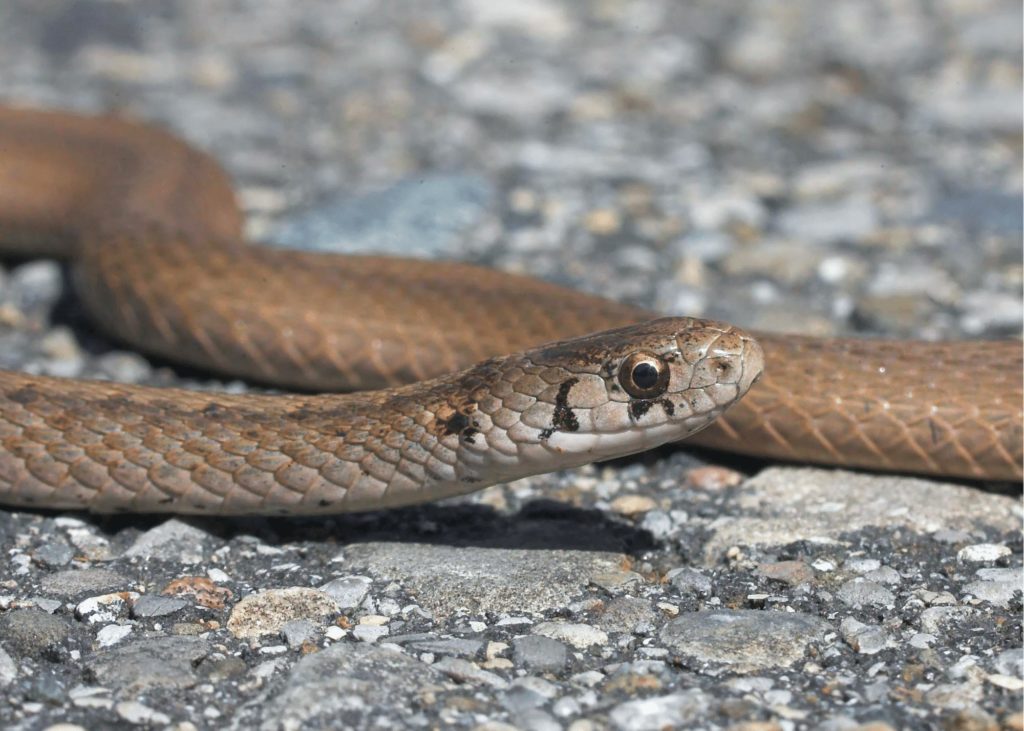



Carolina Pest What To Do When You Find A Snake In Charlotte Carolina Pest
The Copperhead is a large venomous snake native to Eastern North America The body of this snake is relatively stout and the head is broad and distinct from the neck The skin is pale tan to pinkishtan in color and becomes darker towards the foreline, overlaid with aSnakes (Order Squamata suborder Serpentes) lack external ear openings, moveable eyelids, and legs The snakes of North Carolina can be separated into three different families the Colubridae, Elapidae, and Viperidae Most North Carolina snakes are colubrids The Colubridae is the largest family of snakes in the world and its members display a This NC State Extension publication on SNAKES is helpful for identifying the harmless snakes from the poisonous snakes It is not unusual to run into a copperhead when hiking trails in moist woods Gardeners run into them while weeding Sometimes people find the snakes in their garage They key to fewer interactions with copperheads is avoiding
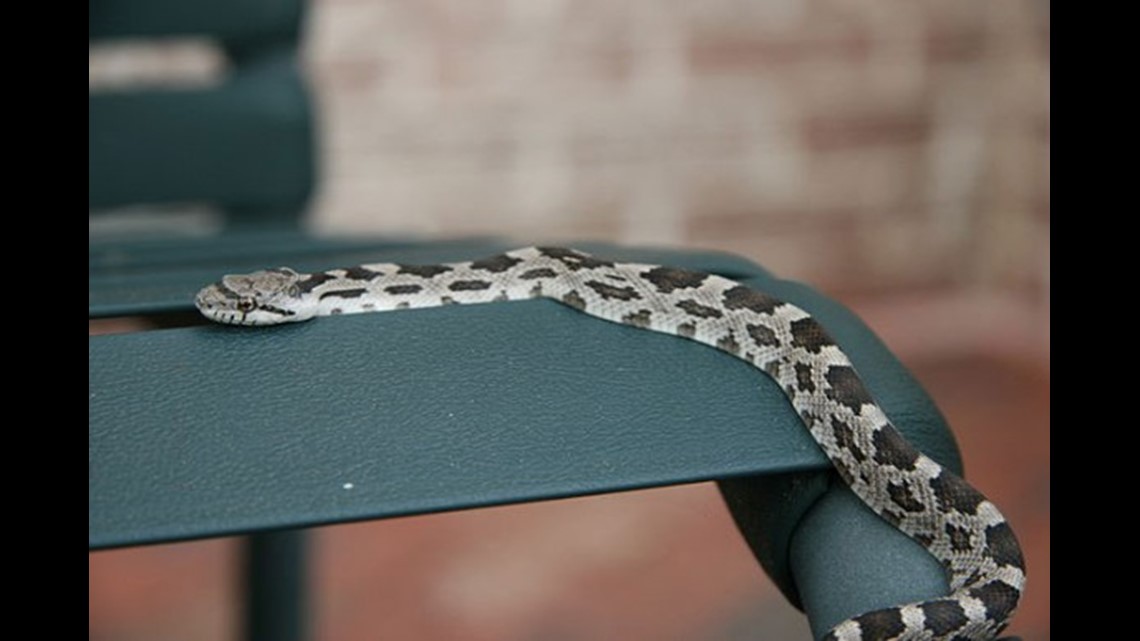



Watch Out For Baby Copperhead Snakes Wfmynews2 Com
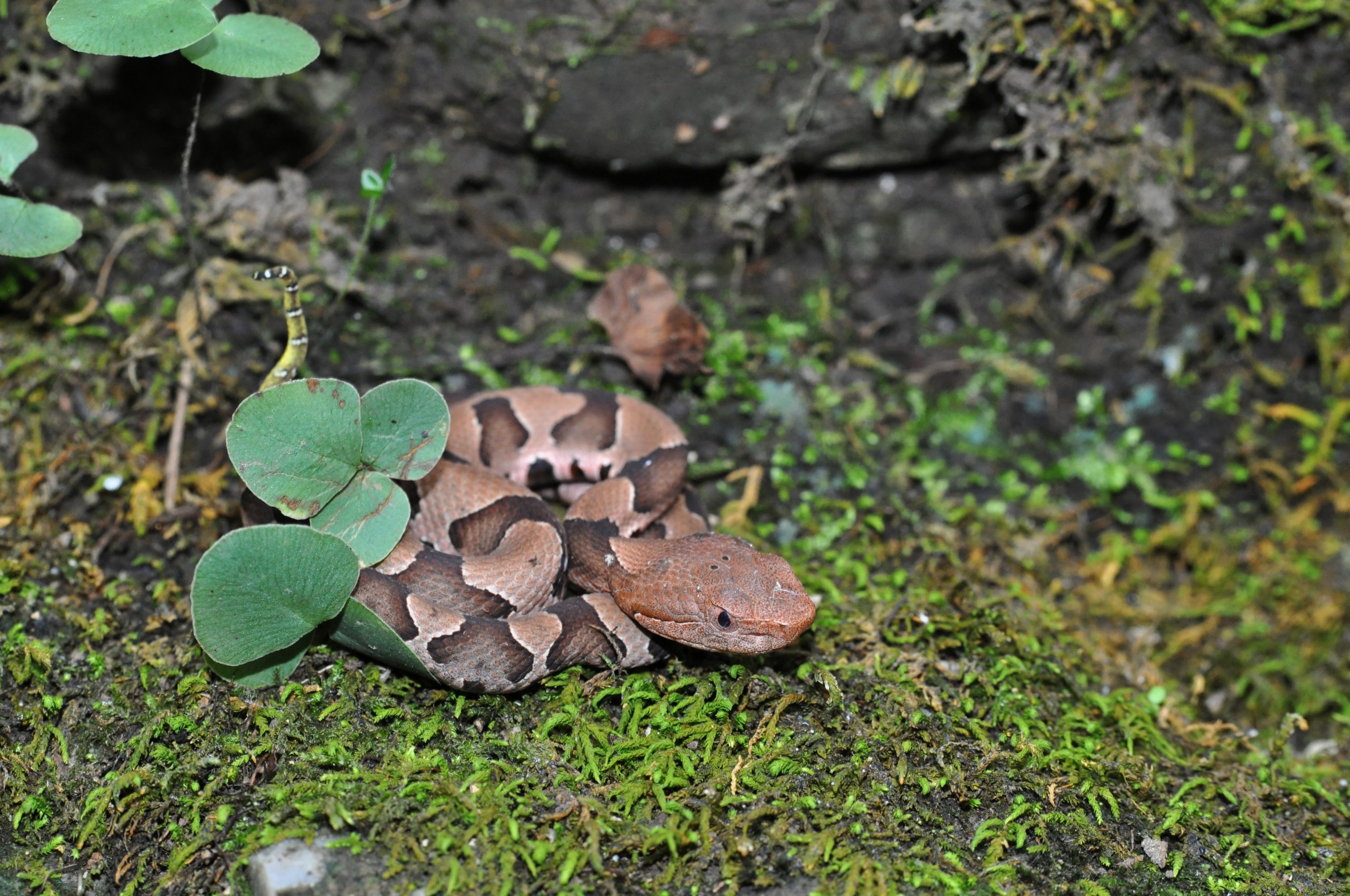



How To Identify A Baby Copperhead Snake 21 Pictures
Maximum about 48 inches NOSTRIL PIT EYE with elliptical pupil The pits viewed head on Young have a yellow tail tip Head color varies from yellowish to coppery Note the hourglass shaped bands Sometimes there are small spots between the bandsPhoto of camouflaged Eastern Copperhead courtesy of William Harbold Juvenile Copperhead by Andrew Hoffman, Flickr CC by NC Note yellow tail Habitats This is a snake of forests, old fields, swamps, dry sandy ridges adjacent to swamps, and agricultural fields adjacent to forestsFound basically in the eastern side of America, the copperhead snake is a deadly and venomous reptile The species is widespread extensively right from the Florida panhandle in the south to Massachusetts in the north and Nebraska in the west




Do You Know Your Snakes Stallings Parks And Recreation Facebook



Files Nc Gov Ncparks Field Id Snakes North Carolina Pdf
Expect to start seeing baby Copperhead snakes around the Triangle, WTVD reports Experts said August is hatching time for the venomous snakes, and this year's hotterthannormal temperaturesNeighbors in Central Virginia are reporting a recent surge in copperhead snake sightings In fact, viewers have contacted our newsroom saying the poisonous s The North Carolina Wildlife Commission reported that 90 percent of snakebites in the state come from the copperhead snake Fred Boyce, a herpetologist at the Pine Knoll Shores Aquarium, noted that
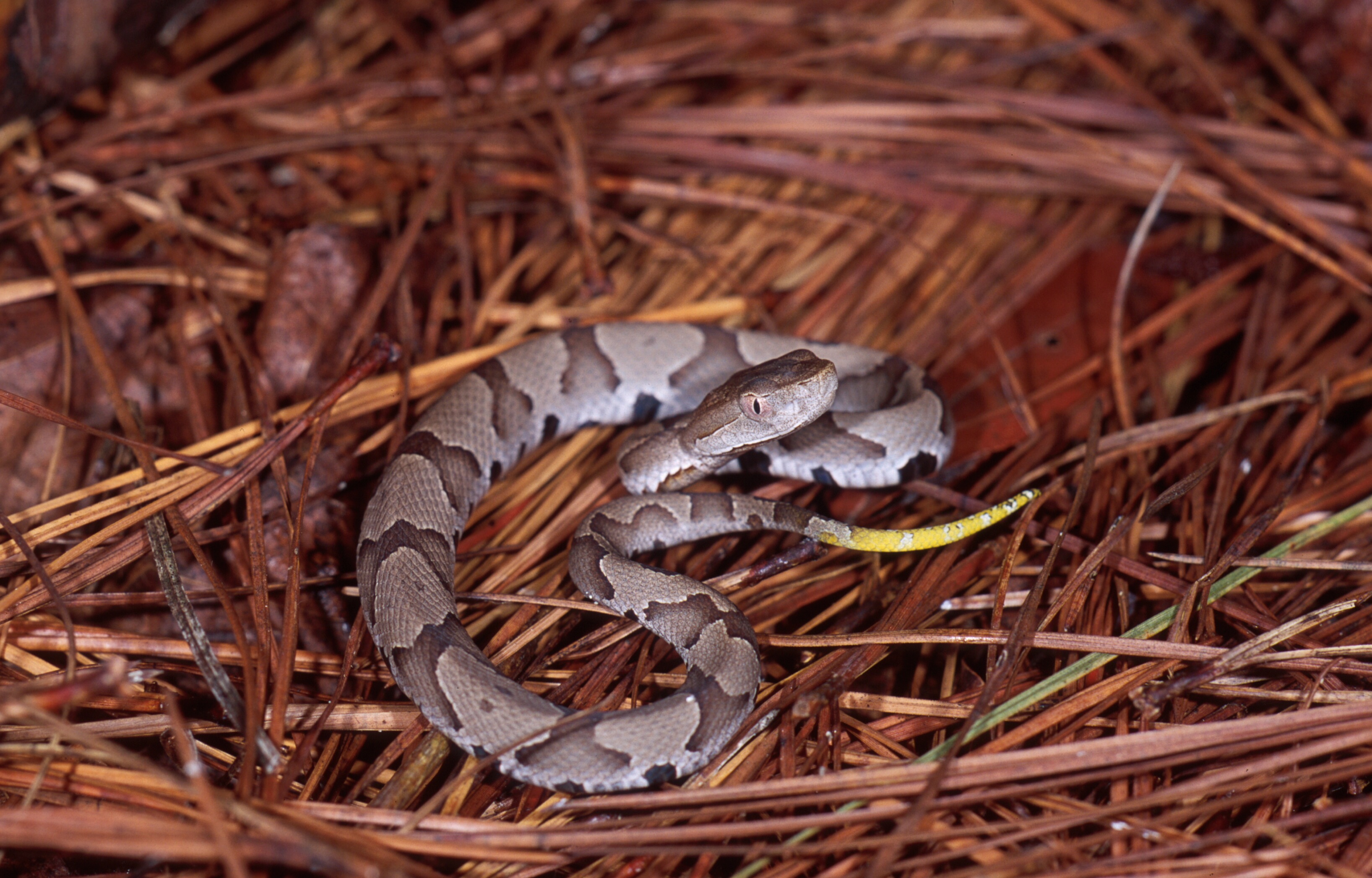



Copperhead
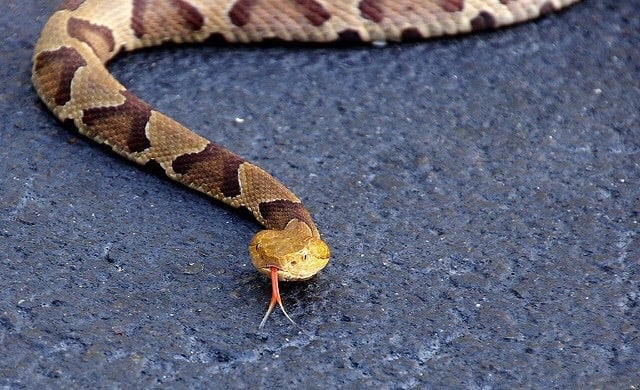



Baby Copperhead Snake Identification Guide Look For These 5 Things Embora Pets
Thankfully, the young snakes are easy to identify The baby copperheads are about seven to eight inches long The coloration is very similar to the adults in they are usually light brown or reddish in appearance Just be warned, some younger snakes can appear dark grayA baby copperhead snake tail has a yellow tip, which later goes darker as the snake ages You can see how this baby copperhead is attracting a frog with it's bright greenish yellow tail When they get older, the green tail fades away This is because they become more experienced hunters as copperheads matureThe copperhead is venomous The copperhead is the most common and widespread venomous snake in North Carolina In many areas, including most of the larger urban regions, it is the only venomous snake Copperheads account for probably over 90
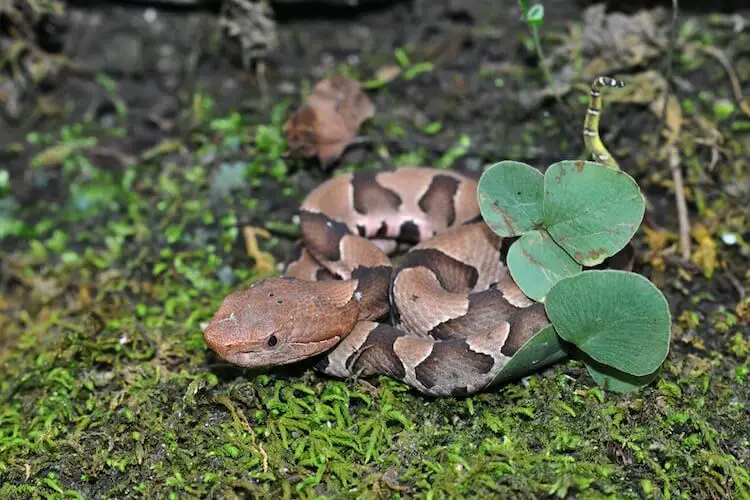



7 Ways To Identify Prevent Remove Baby Copperhead Snakes Everything Reptiles



Baby
Are baby copperhead snakes poisonous The northern cottonmouth is a pit viper as are all three of virginias venomous snake species eastern copperhead northern cottonmouth and timber rattlesnake Bradley dixon recorded video sunday in hampstead where he witnessed Young cottonmouths can be lighter in color and resemble North carolina hosts twoRegularly reaching 5 to 6 feet in length, the rat snake is one of North Carolina's longest snakes, surpassed only by the eastern coachwhip (Masticophis flagellum) Are snakes a problem in North Carolina? The Eastern Diamondback Rattlesnake is the largest species of rattlesnake in the world and possibly the most dangerous snake native to the United States, according to NC herpetology officials An
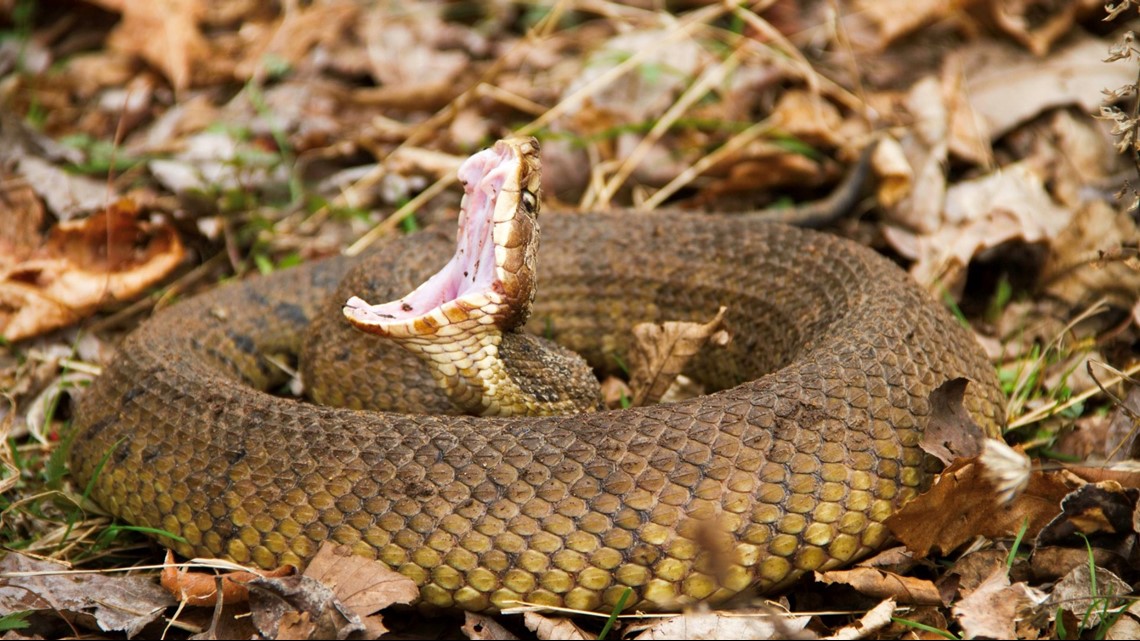



Watch Out For Baby Copperhead Snakes Wfmynews2 Com




Venomous Snakes In North Carolina The Times News Burlington Nc
Copperhead is a species of venomous snake endemic to Eastern North America Baby Copperhead Coloring Baby copperheads look very similar to adult copperheads Copperheads are so named because their heads are a reddish, coppery color This is one of their most, identifiers Both adult and baby copperheads display this featureSnakes are an important part of the ecosystem and help control the rodent, slug and insect populationsThe Copperhead Snake (Agkistrodon contortrix) is shorter than both the Coral snake and the Cottonmouth snakeThe Copperhead Snake is the most often encountered snake in Eastern parts of the United States such as Alabama, Missouri and Arkansas Copperhead snakes are responsible for the most venomous snake bites in the USA
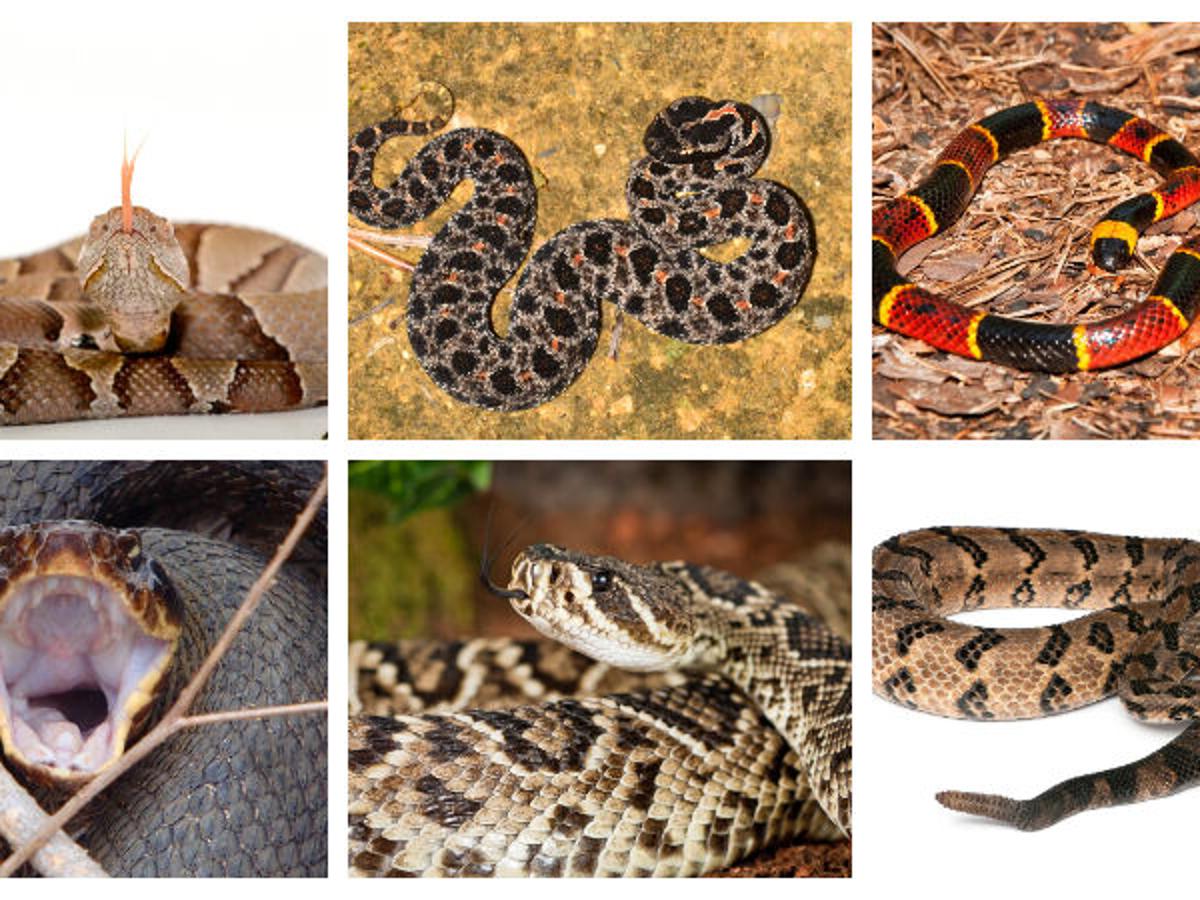



How To Spot And Correctly Identify North Carolina S Six Venomous Snakes State Regional Journalnow Com



Black Snakes V Copperheads Tips To Keep Safe Wcnc Com
新しいコレクション eastern baby copperhead snake nc Expect to start seeing baby Copperhead snakes around the Triangle, WTVD reports Experts said August is hatching time for the venomous snakes, and this year's hotterthannormal temperaturesIt is a member of the subfamily Crotalinae in the family Viperidaeit's generic name is
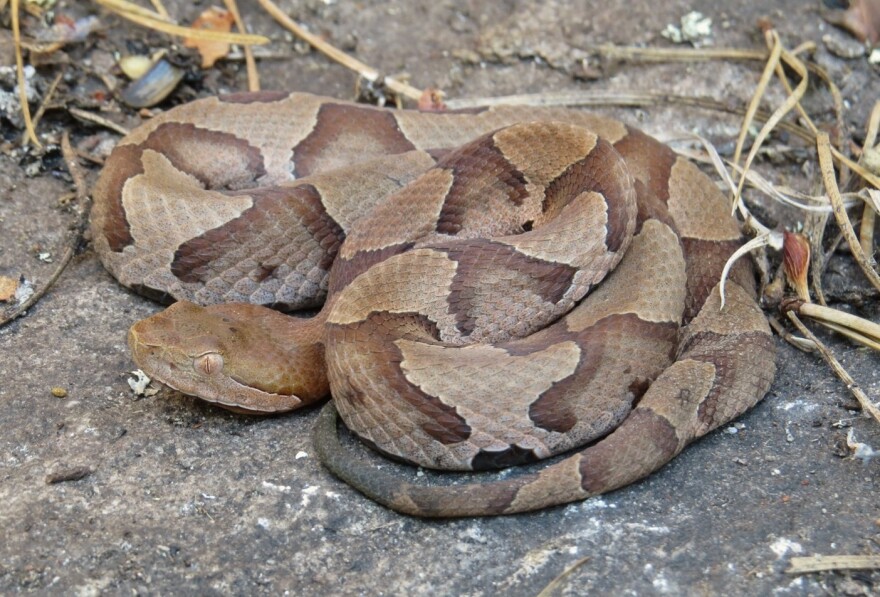



Why You Should Let A Copperhead Live In Your Yard Debunking Snake Myths Wunc




Baby Copperhead Snakes Will Emerge Soon In Nc Wway Tv
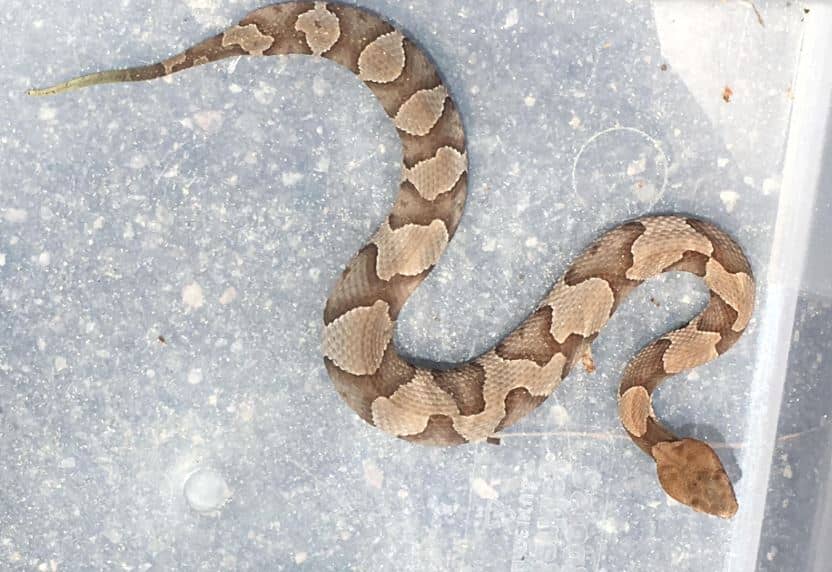



How To Identify A Baby Copperhead Snake 21 Pictures




Copperhead




North Carolina Snakes Pictures And Identification Help




How To Identify A Baby Copperhead Snake 21 Pictures



Baby Copperhead Season Has Begun In Carolinas What To Know The State
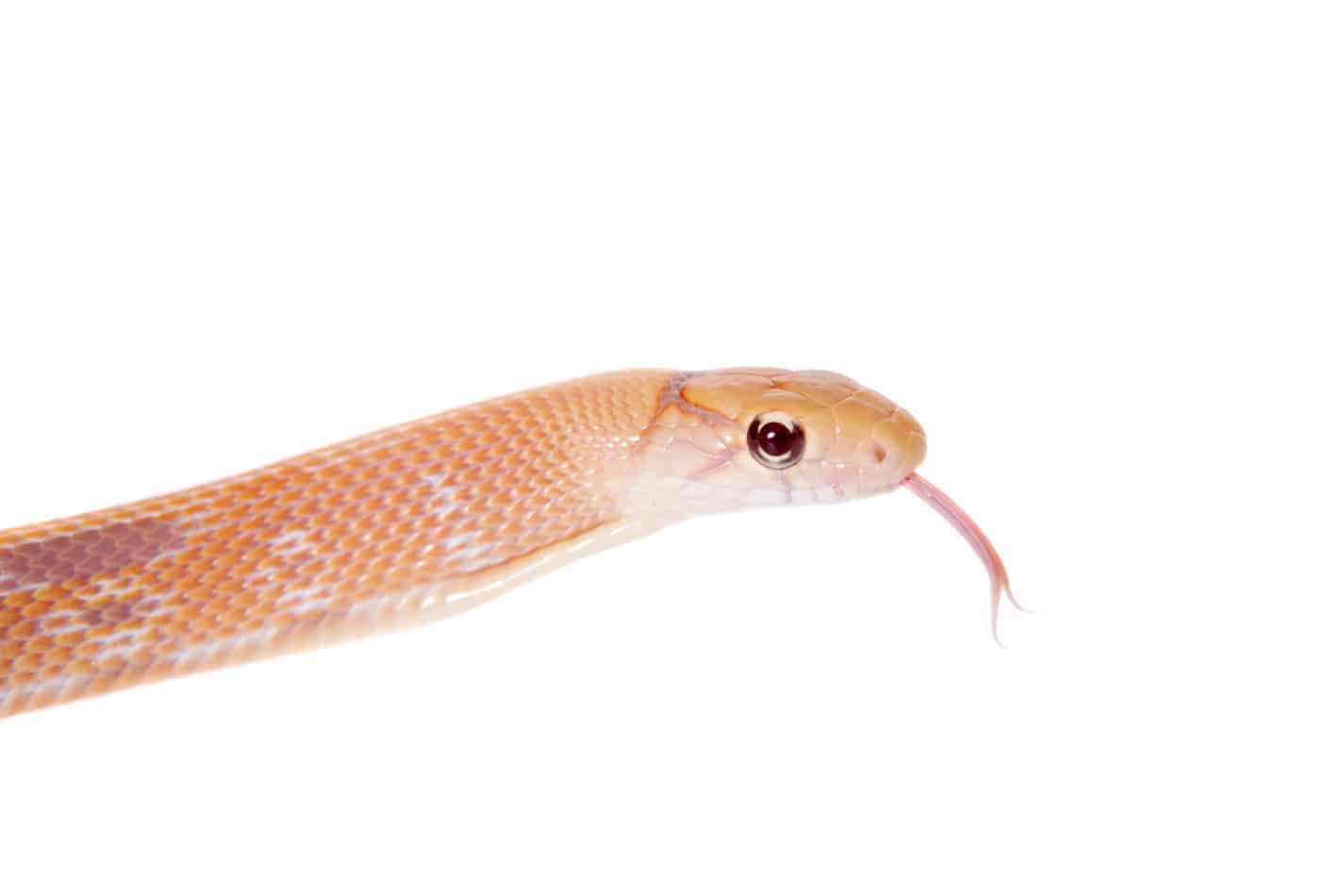



Baby Copperhead Snake Identification Guide Look For These 5 Things Embora Pets




Maryland Snakes Order Squamata
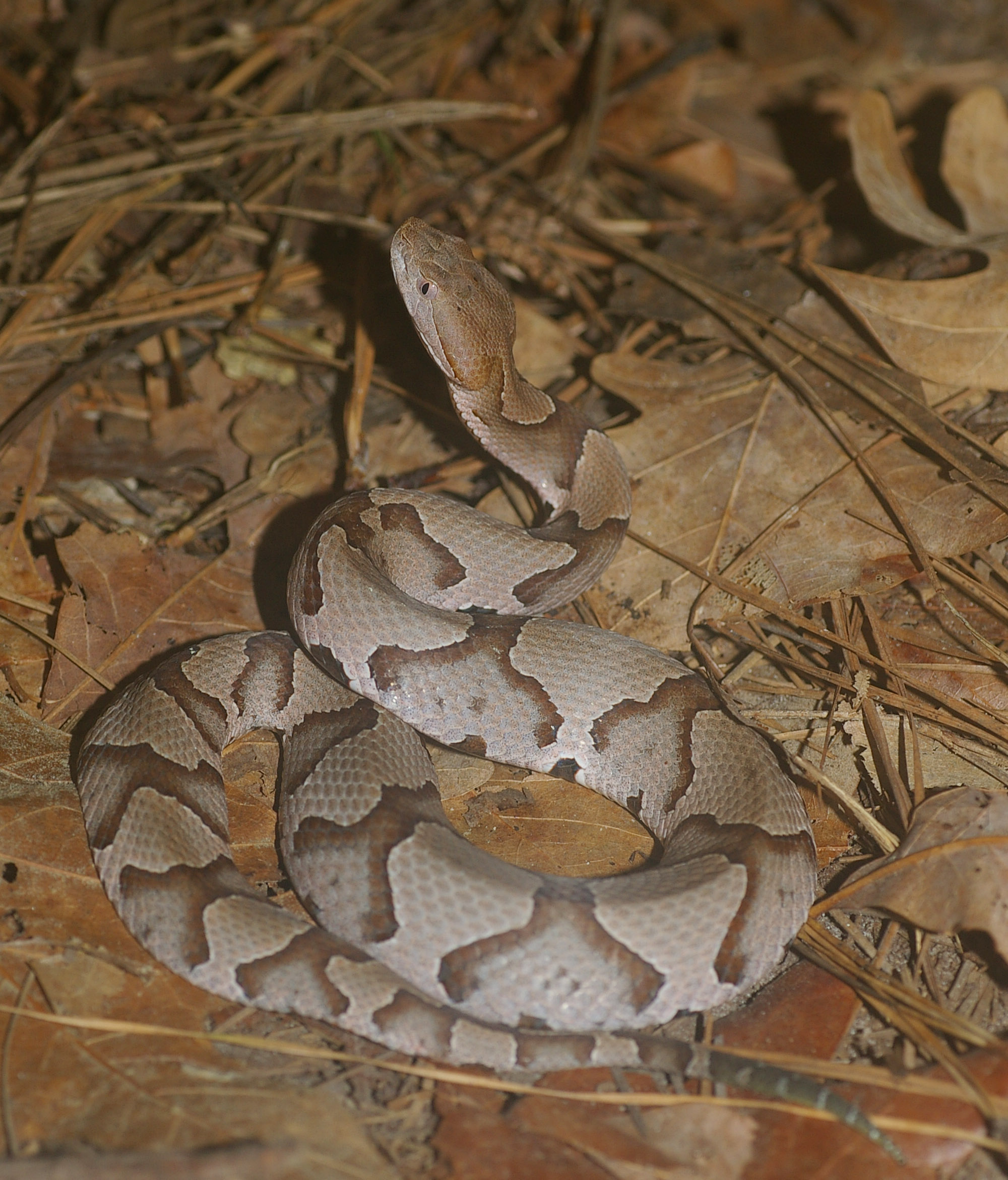



Copperhead




South Carolina Venomous Snake Guide Photo Gallery Wciv




There Are 37 Species Of Snakes In North Carolina And 6 Are Venomous Poisonous The Copperhead The Cottonmouth Snake Water Moccasin Snake Poisonous Animals
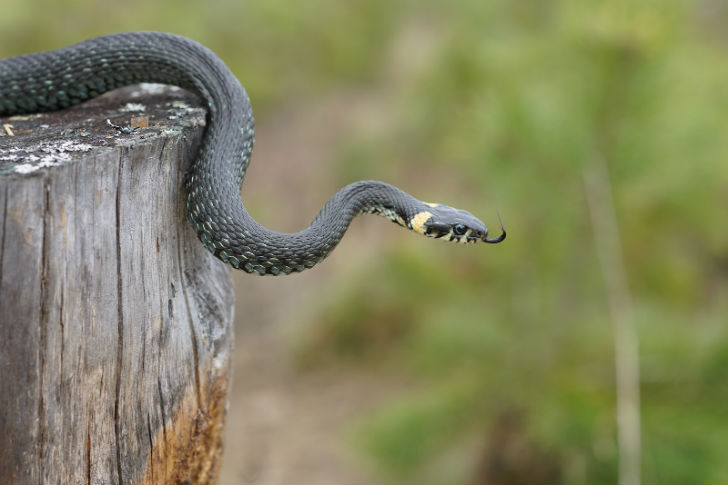



Types Of Snakes In Raleigh Critter Control Of The Triangle




North Carolina Snakes What You Need To Know On World Snake Day Nc State Veterinary Medicine




There Are Six Venomous Snakes Found In North Carolina Know What They Look Like News The Fayetteville Observer Fayetteville Nc




There Are Six Venomous Snakes Found In North Carolina Know What They Look Like News The Fayetteville Observer Fayetteville Nc




Cicadas And Copperheads Yes It S A Thing In North Carolina Charlotte Nc Patch




Tiny But Deadly The Baby Copperhead Youtube



How To Identify Venomous Poisonous Snakes In Nc Photos Raleigh News Observer
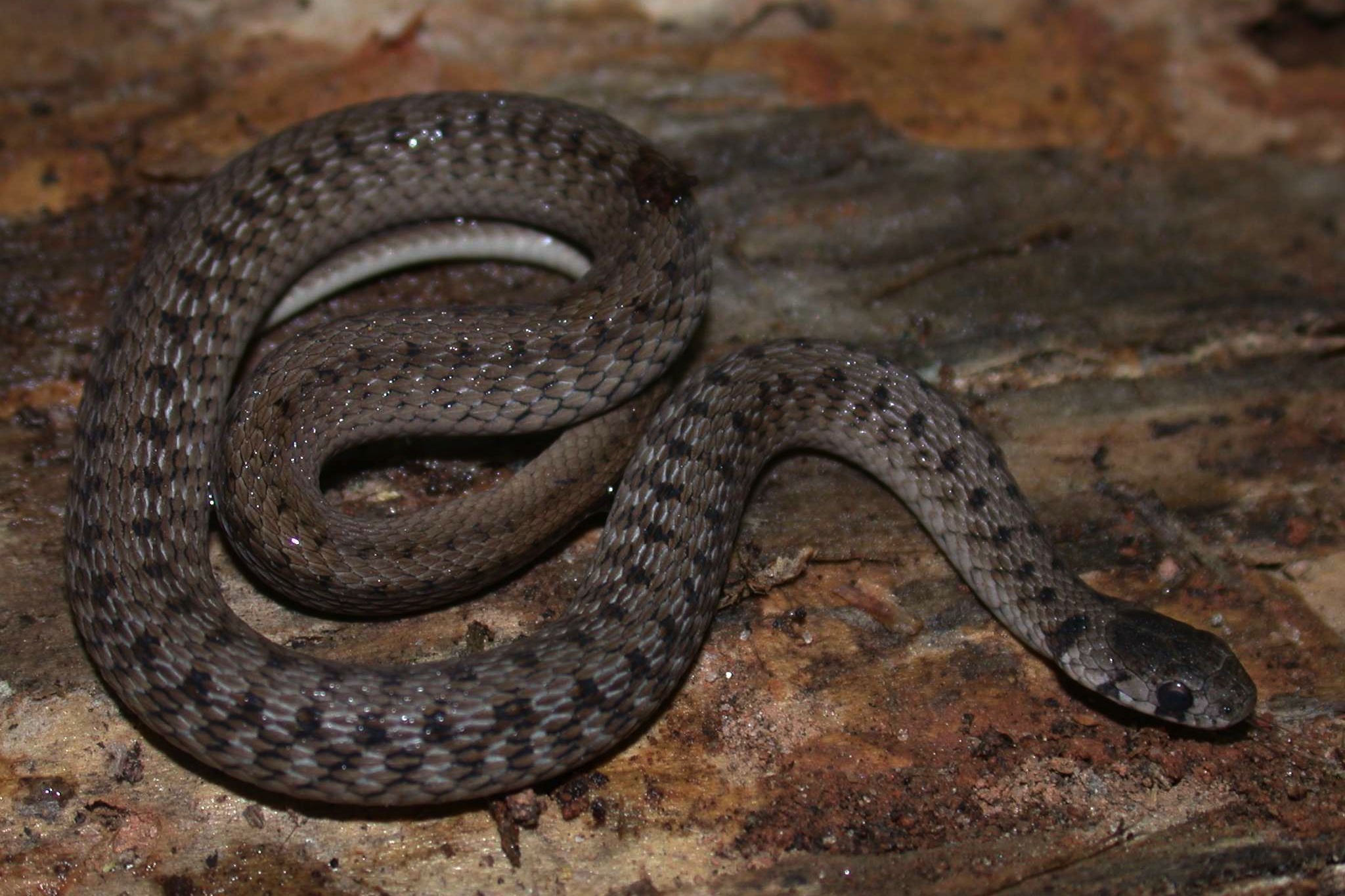



Snakes
/cloudfront-us-east-1.images.arcpublishing.com/gray/PXNJENQ5FVE3HM4QOYWXKDWNO4.jpg)



Nc Leads Country In Snake Bites




Identifying Copperhead Snakes Home Garden Information Center
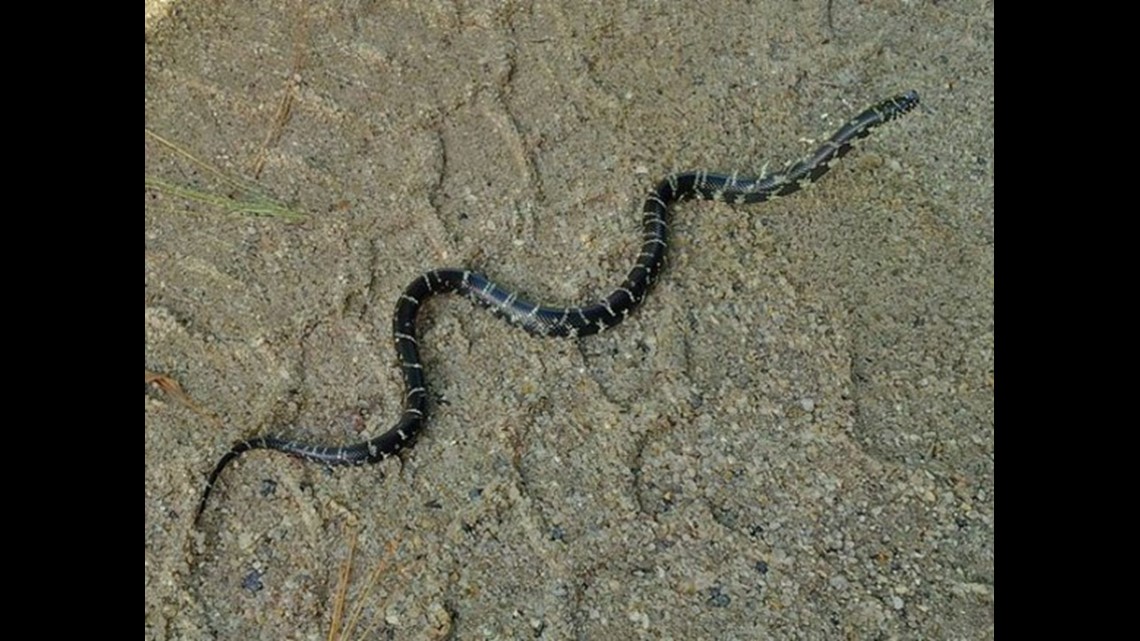



Watch Out For Baby Copperhead Snakes Wfmynews2 Com
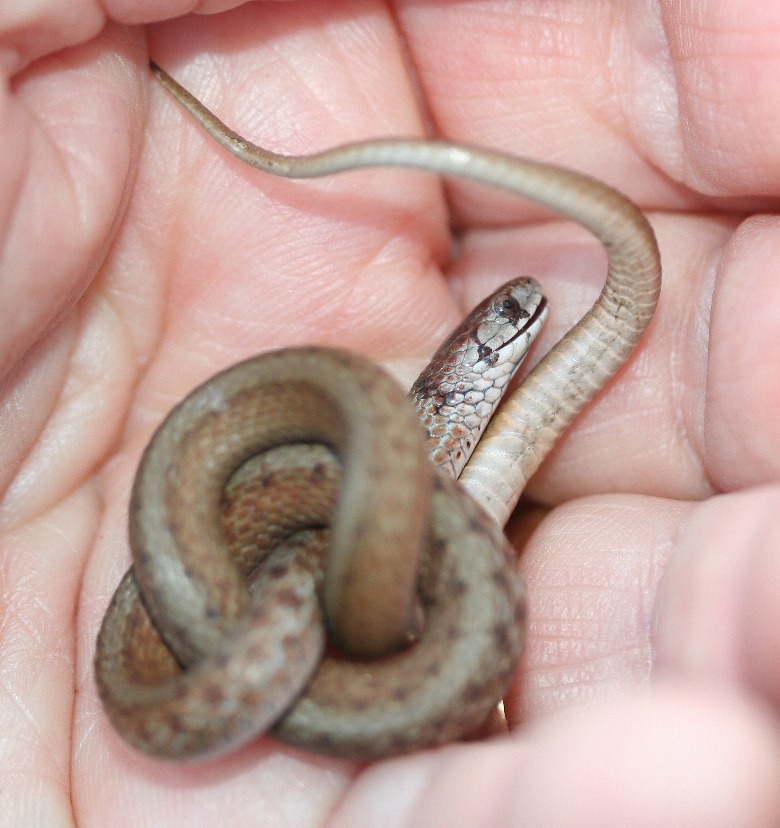



Snakes



Copperheads And Similar Looking Harmless Species
/cloudfront-us-east-1.images.arcpublishing.com/gray/4QT74KTJRNETPGMKYLIVXXBZT4.jpg)



State Laws Prohibit Killing Snakes In Georgia South Carolina




Baby Copperheads How To Identify Them And Get Rid Of Them



Copperheads And Similar Looking Harmless Species



Get To Know The Slithery Snakes Of Mecklenburg County
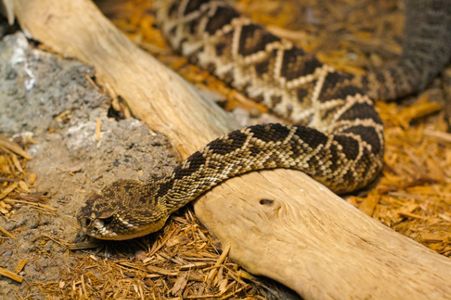



Most Common Snakes In Nc




Copperhead Vs Northern Water Snake Nature Watch



Get To Know The Snakes We Have In Mecklenburg County
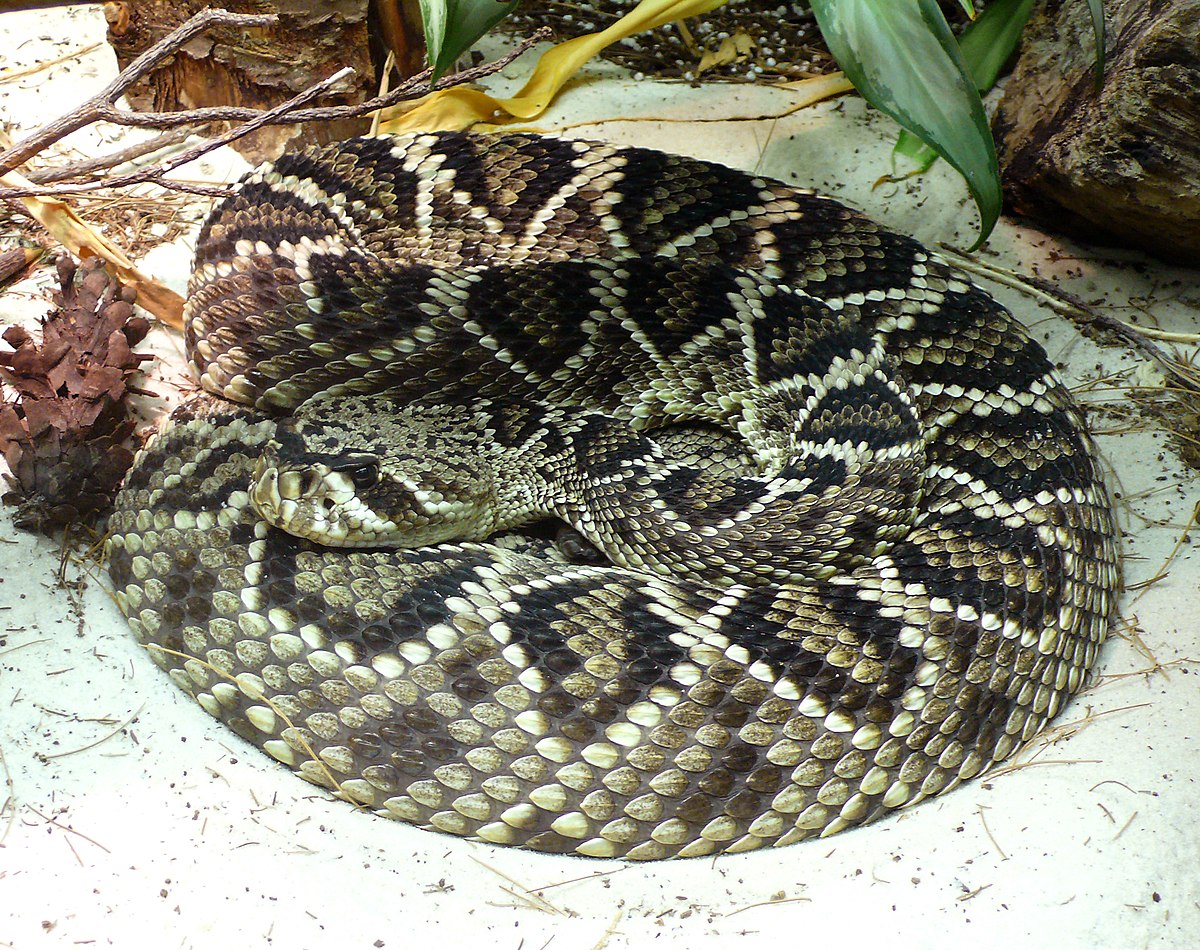



List Of Fatal Snake Bites In The United States Wikipedia




Carolina Pest What To Do When You Find A Snake In Charlotte Carolina Pest
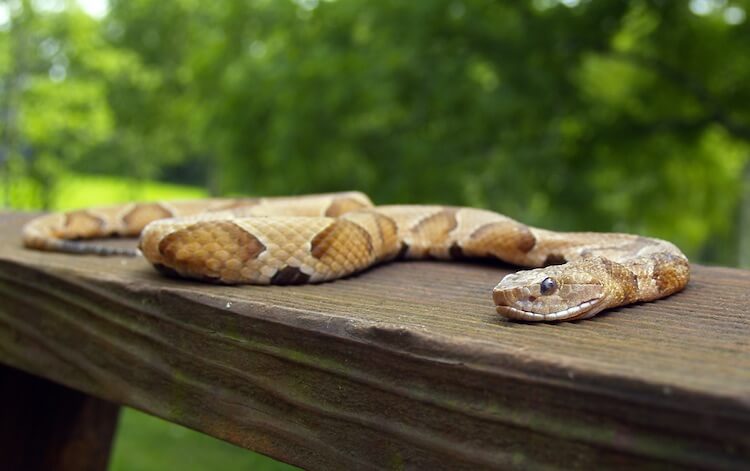



7 Ways To Identify Prevent Remove Baby Copperhead Snakes Everything Reptiles



Baby
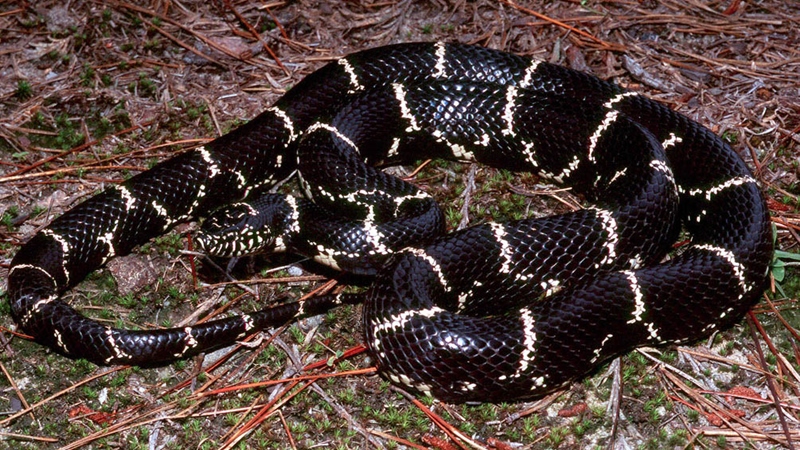



When Is Snake Season In North Carolina Critter Control Of The Triangle
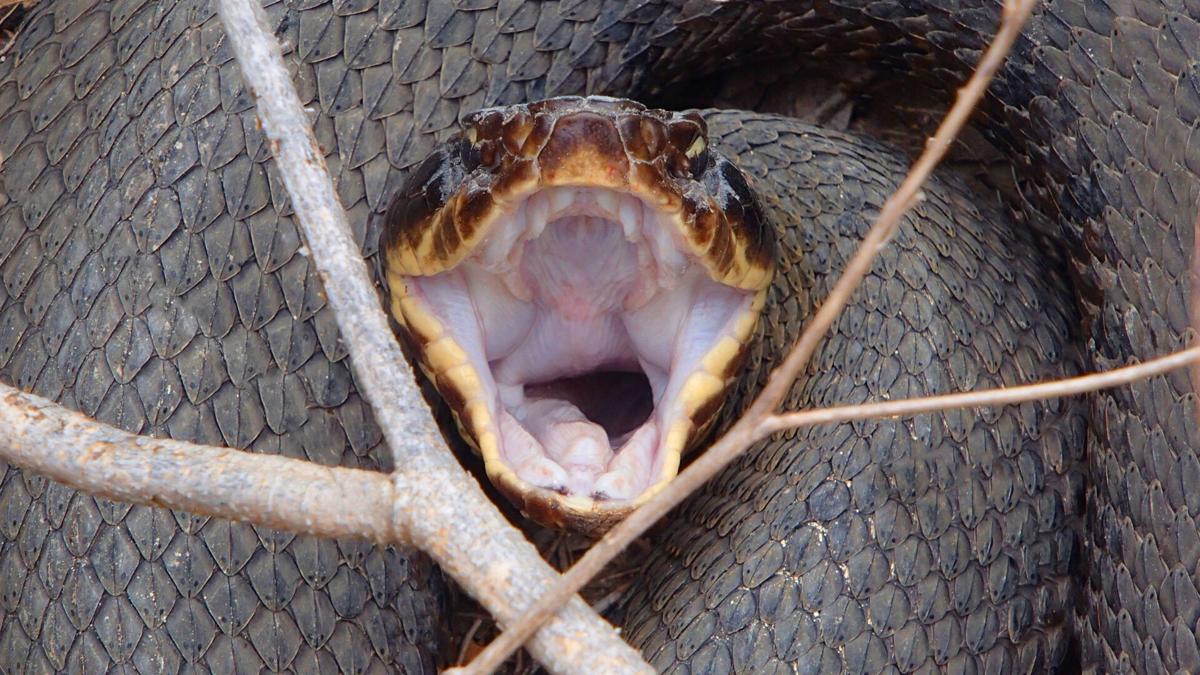



How To Spot And Correctly Identify North Carolina S Six Venomous Snakes State Regional Journalnow Com




Group Of Cottonmouth Snakes In Nc Gain Social Media Stardom Charlotte Observer




Forsyth County North Carolina




Identifying Copperhead Snakes Home Garden Information Center



Rat




Baby Copperheads How To Identify Them And Get Rid Of Them



Files Nc Gov Ncparks Field Id Snakes North Carolina Pdf



Piedmont North Carolina 8 10 Inches Juvenile What Kind Of Snake Is This Is It Dangerous A Copperhead Snakes
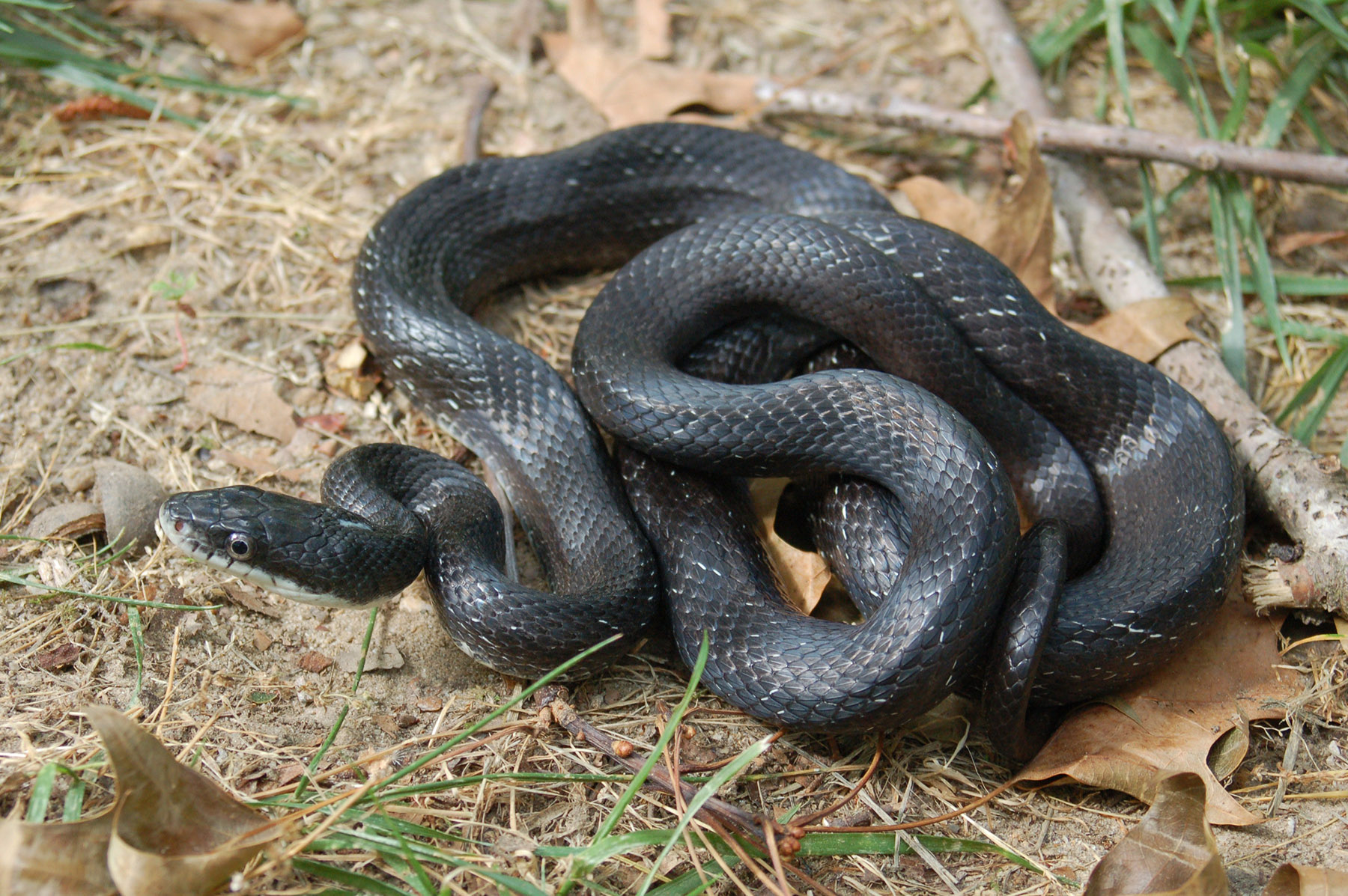



Wildlife Commission Offers Advice When Seeing A Snake Outdoors




Baby Copperhead Snakes Will Emerge Soon In North Carolina Due To Warmer Than Normal Summer Abc11 Raleigh Durham
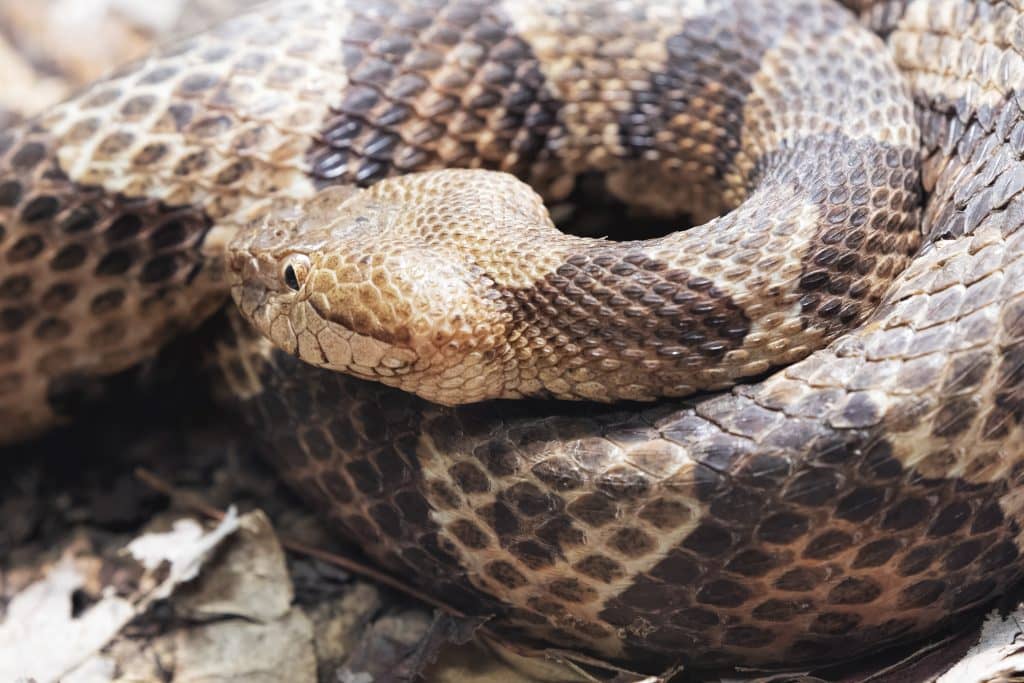



How To Identify A Baby Copperhead Snake 21 Pictures




Snakes In Tn Watertown Transporting New House Middle School Tennessee Page 7 Baby Snakes Snake Poisonous Snakes
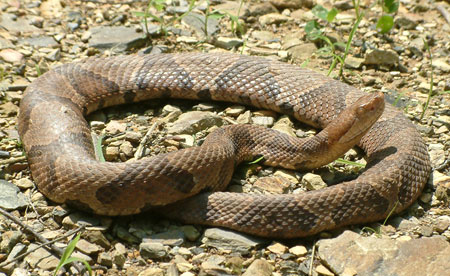



Maryland Snakes Order Squamata




North Carolina Snakes What You Need To Know On World Snake Day Nc State Veterinary Medicine
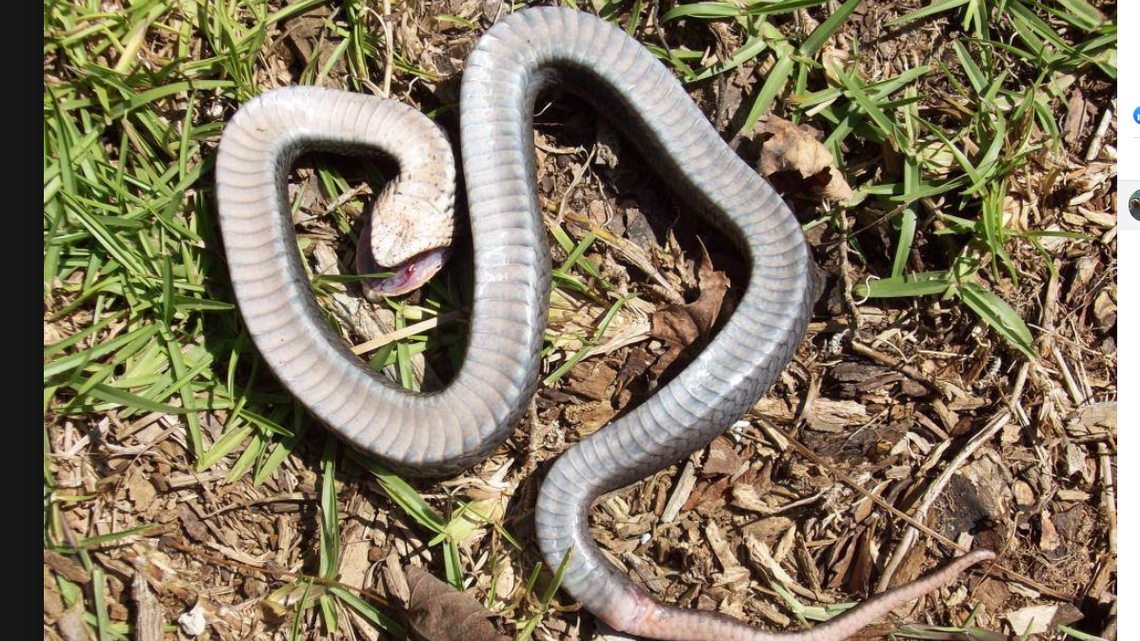



This Zombie Snake Found In Nc Pretends To Be Dead Be Careful Picking It Up




Baby Copperheads Will Emerge Earlier In North Carolina Due To Warmer Than Normal Summer Myfox8 Com




Why You Should Let A Copperhead Live In Your Yard Debunking Snake Myths Wunc
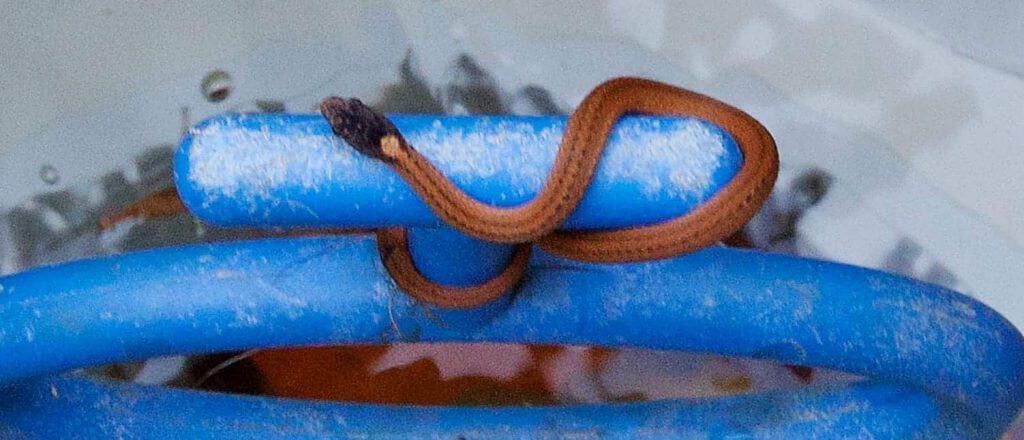



Baby Copperhead Snake Identification Guide Look For These 5 Things Embora Pets




How To Identify The Copperhead



Files Nc Gov Ncparks Field Id Snakes North Carolina Pdf



Copperhead Snake Information Facts




The Six Venomous Snakes In North Carolina Abc11 Raleigh Durham




Copperhead Snake Bites Signs And Symptoms Abc13 Houston
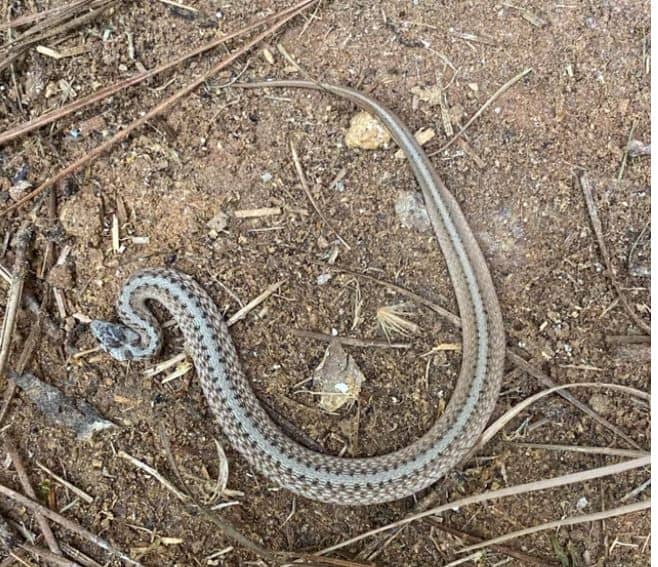



How To Identify A Baby Copperhead Snake 21 Pictures



Eastern Nc What S This Little Guy S Make Model Lol Baby Copperhead Whatsthissnake




Snakes
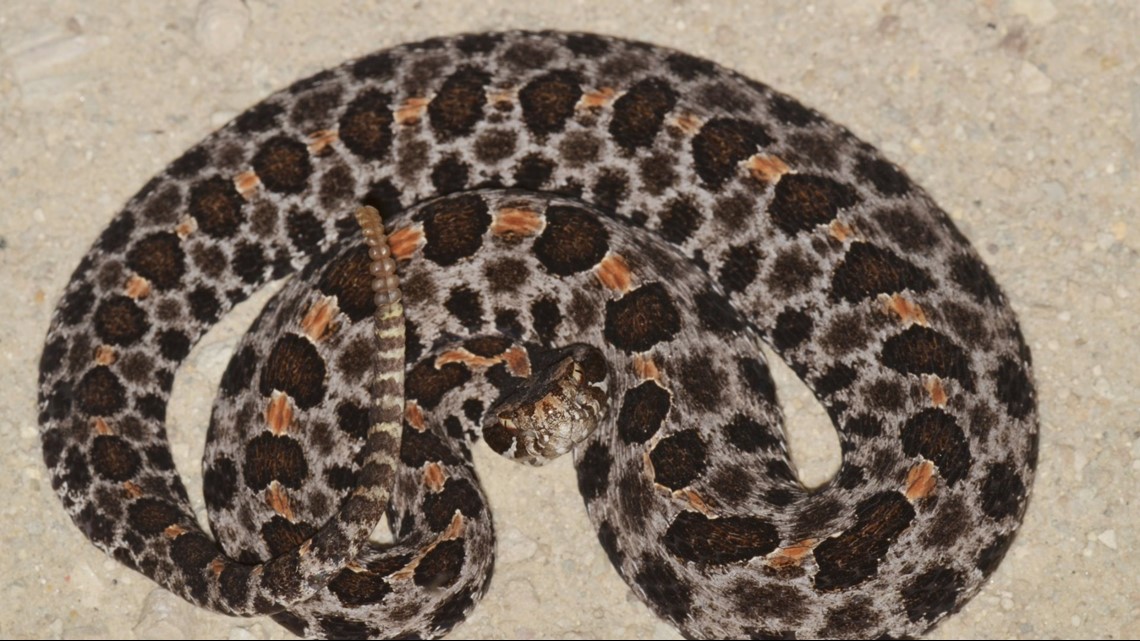



Watch Out For Baby Copperhead Snakes Wfmynews2 Com




How To Identify Snakes In Sc Nc Ga



1




Snakes




The Six Venomous Snakes Of North Carolina How To Identify A Venomous Snake Youtube




Let S Talk Snakes The Copperhead Edition The Matthews Beacon Llc
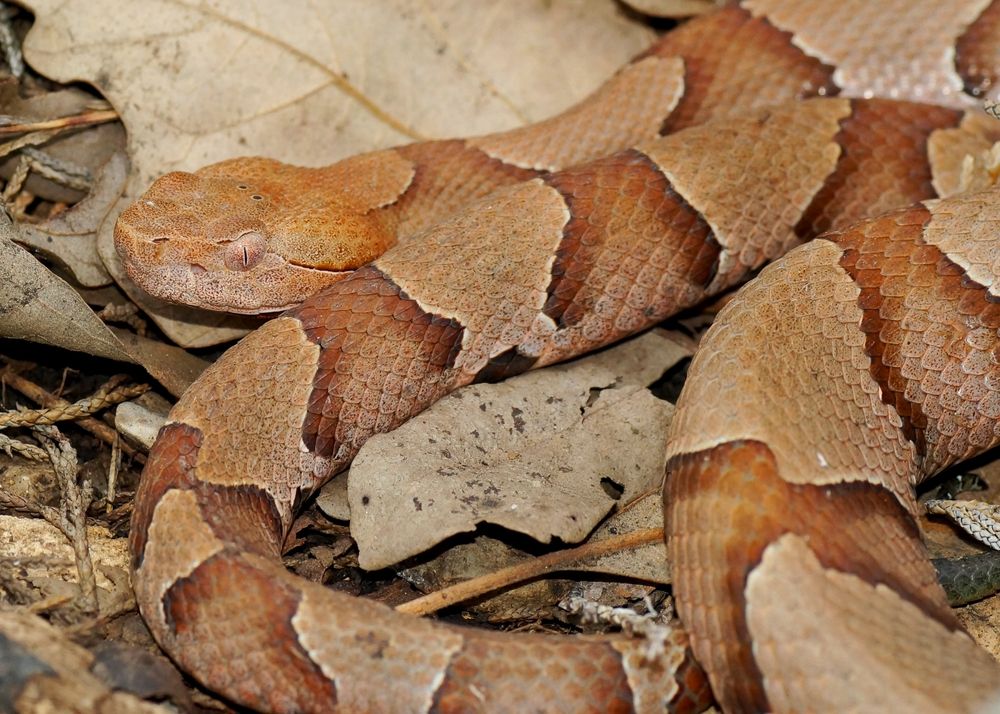



Copperhead Snakes Facts Bites Babies Live Science



When Are Baby Copperheads Born In Nc Are They More Dangerous Raleigh News Observer




Nc Venomous Poisonous Snakes Copperhead Moccasin Photos Raleigh News Observer




When The Snake Bites The Biggest Pain Can Be In The Wallet North Carolina Health News
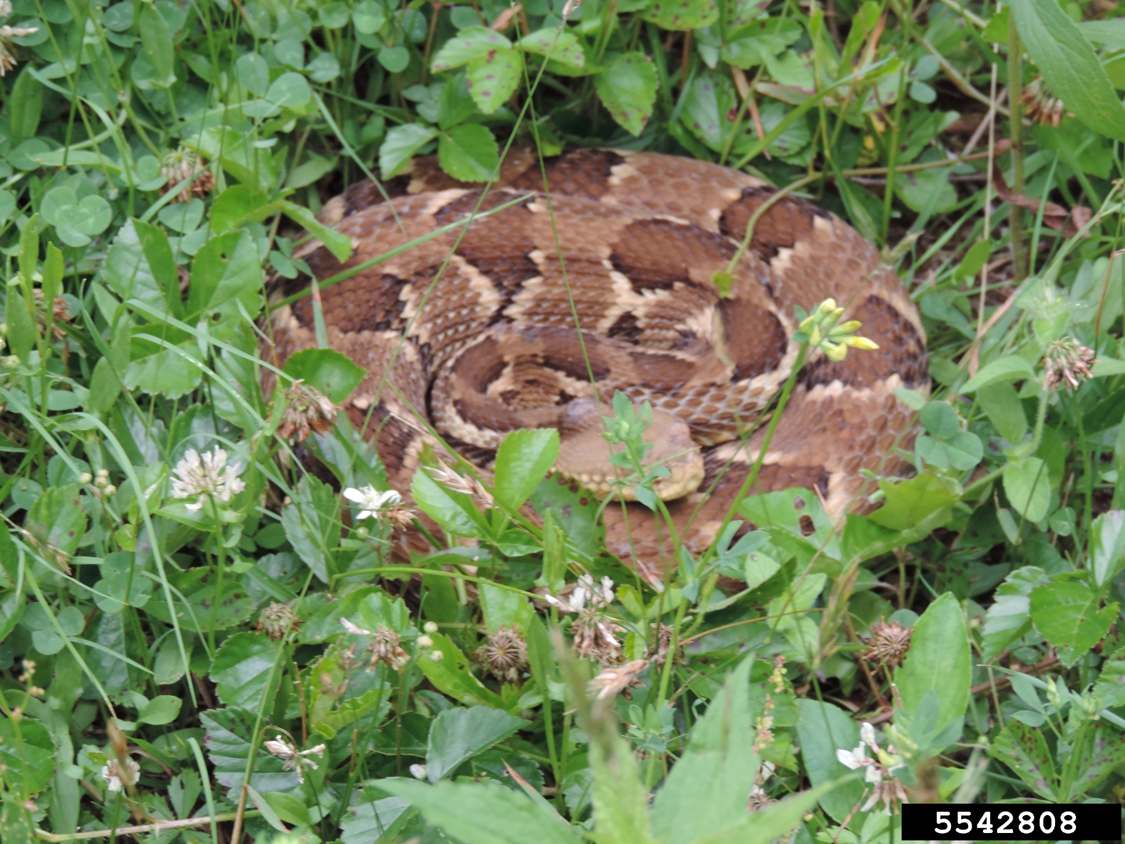



Identifying Copperhead Snakes Home Garden Information Center



Copperheads And Similar Looking Harmless Species




Snakes
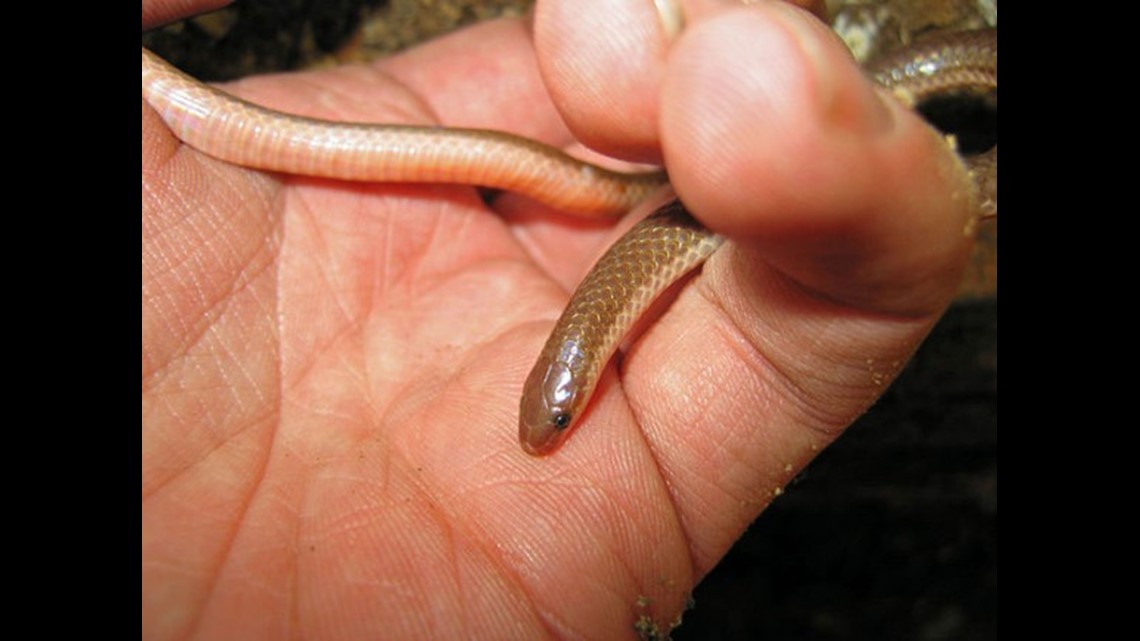



Watch Out For Baby Copperhead Snakes Wfmynews2 Com




Venomous Snake Bites In Charlotte Doubled Last Year Here S How To Stay Safe Charlotte Stories



Copperheads And Similar Looking Harmless Species



Copperheads And Similar Looking Harmless Species
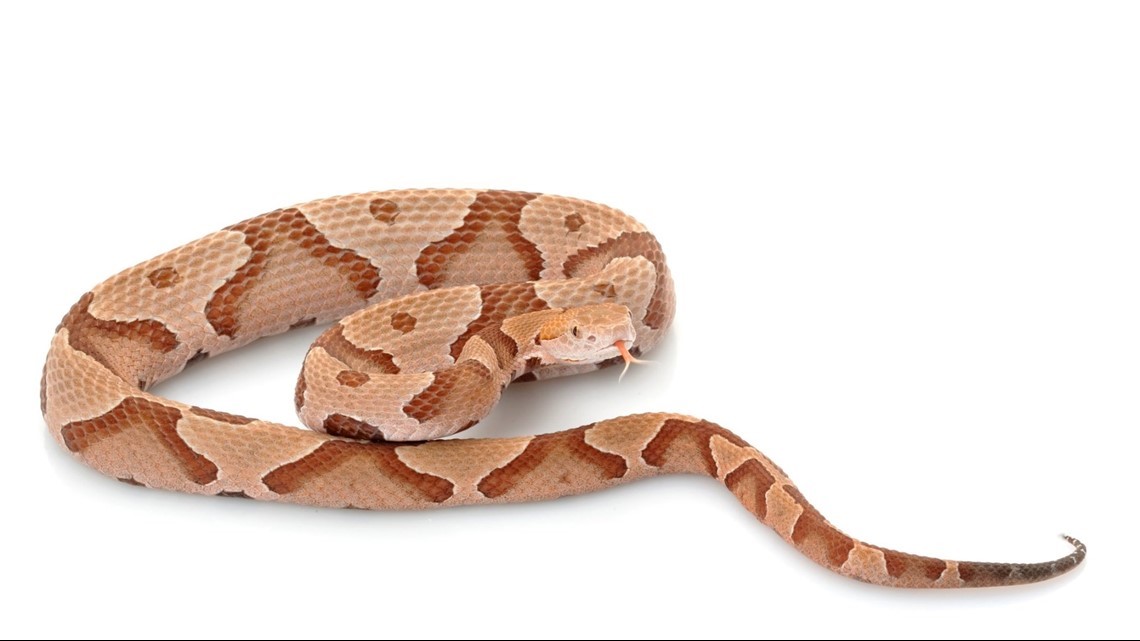



How To Tell If A Snake Is Venomous Wbir Com
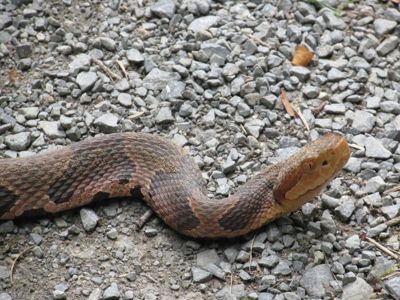



Most Common Snakes In Nc



Wildlife Officials Warn People Of Baby Copperhead Snake Season
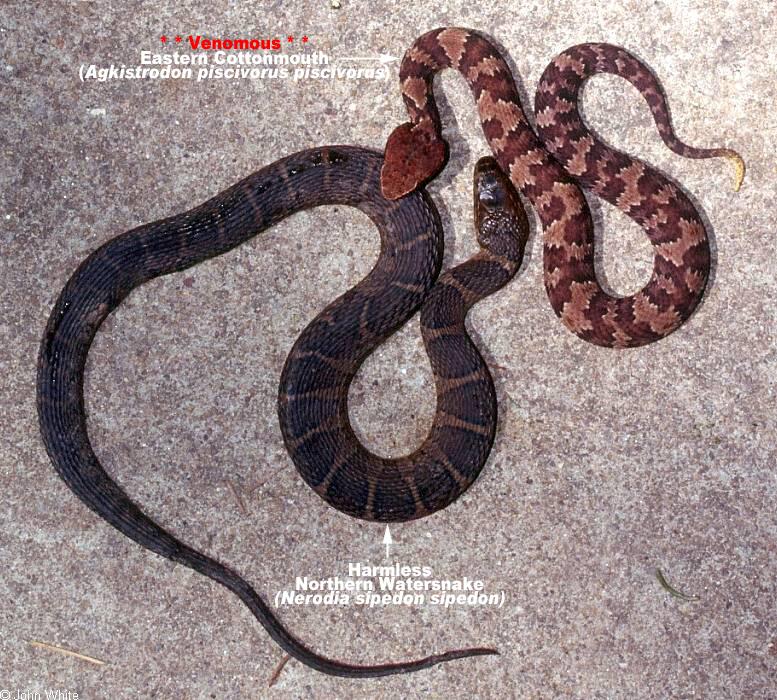



When Is Snake Season In North Carolina Critter Control Of The Triangle



0 件のコメント:
コメントを投稿